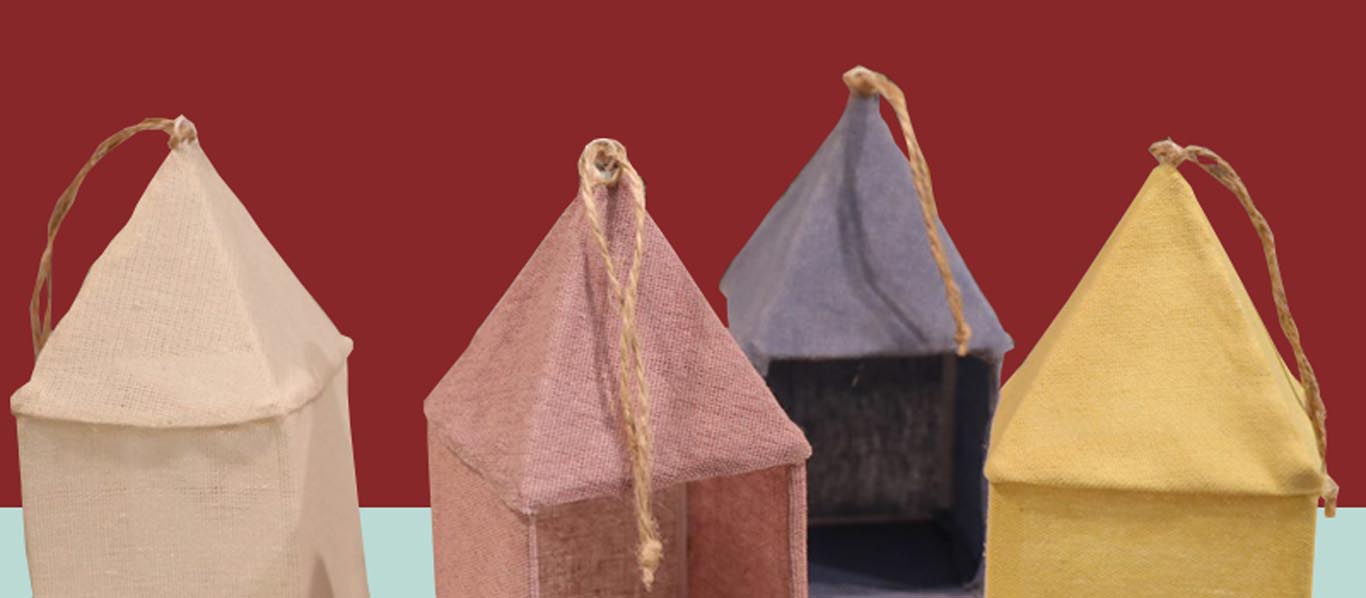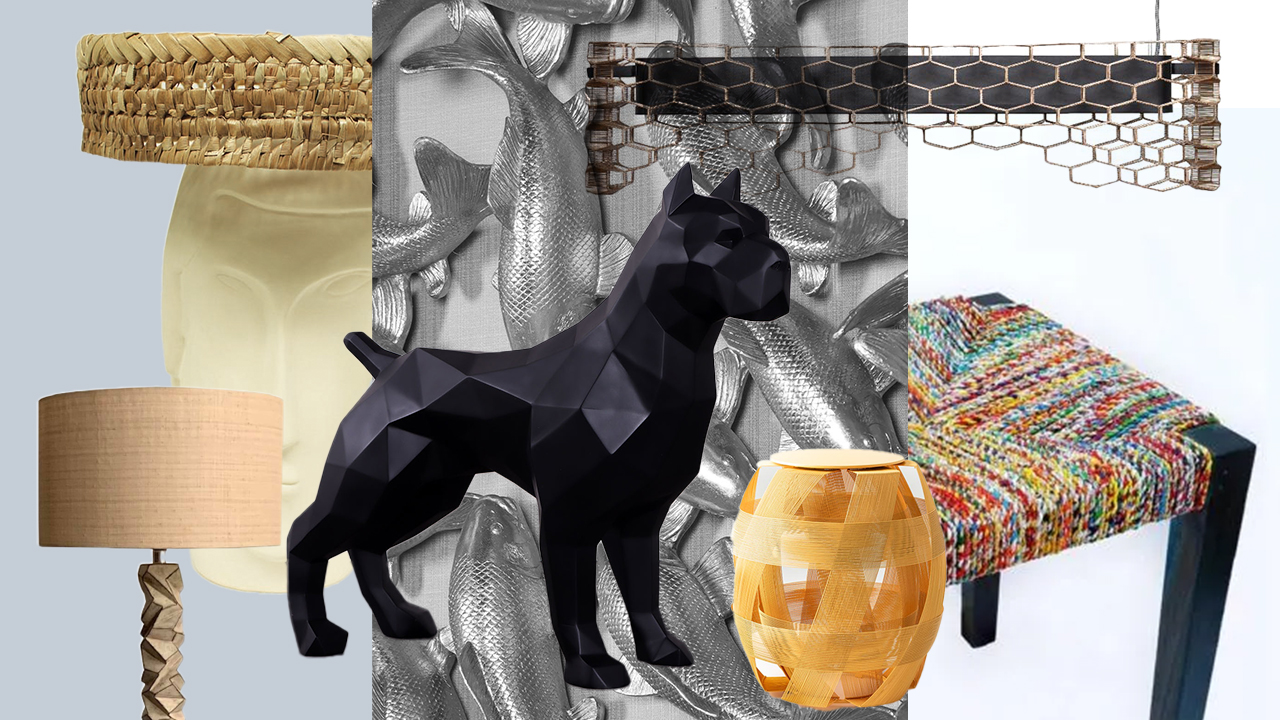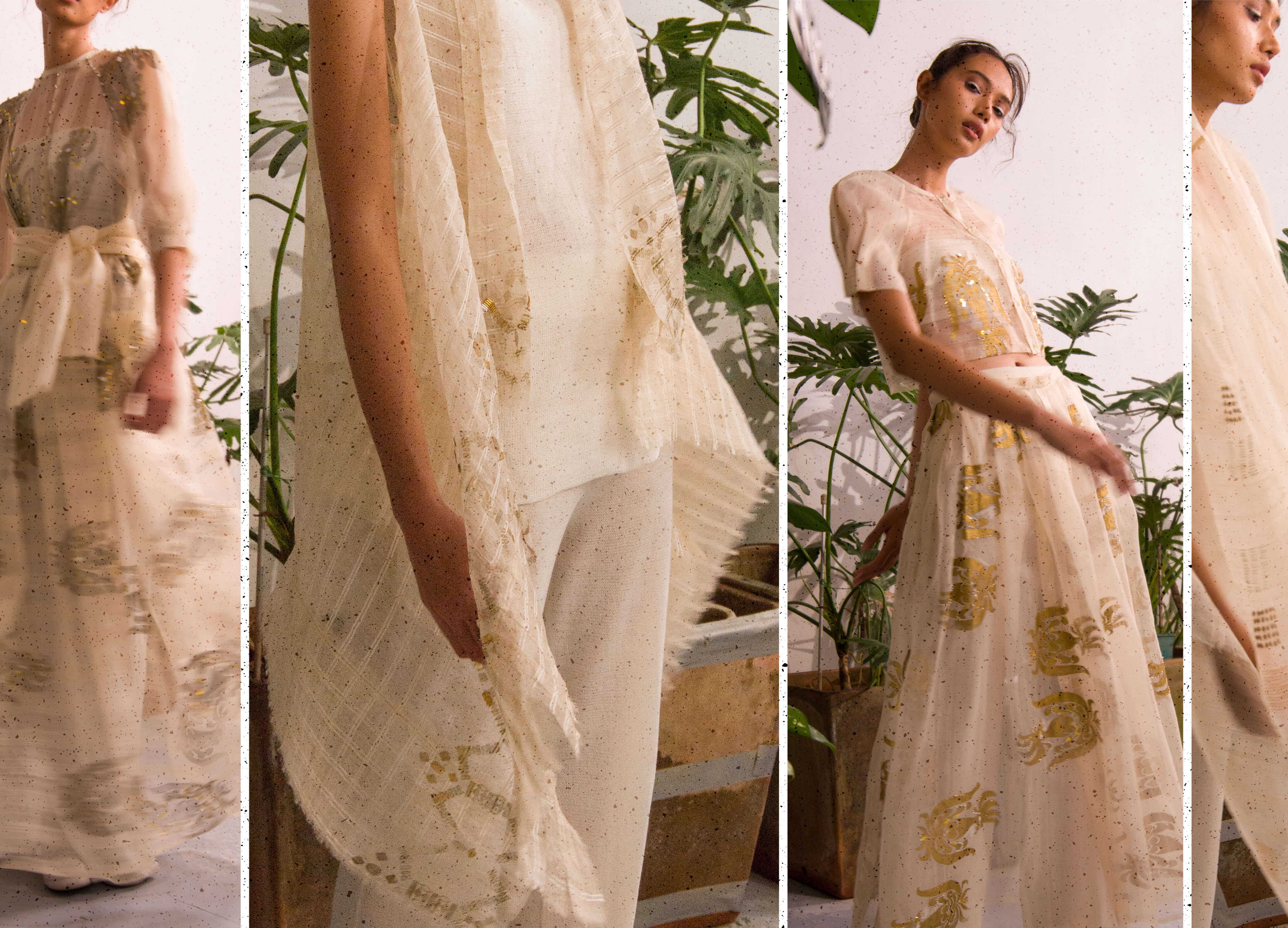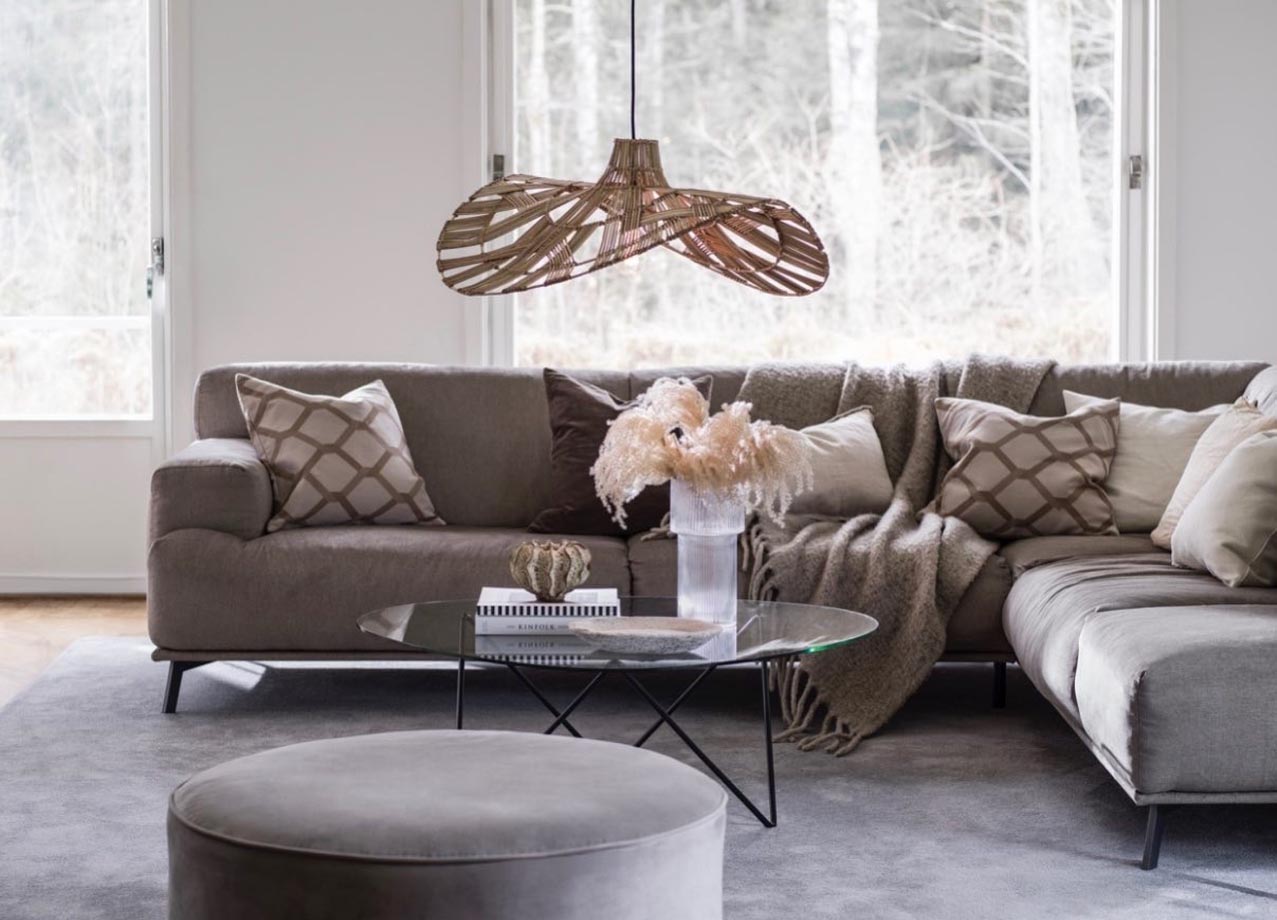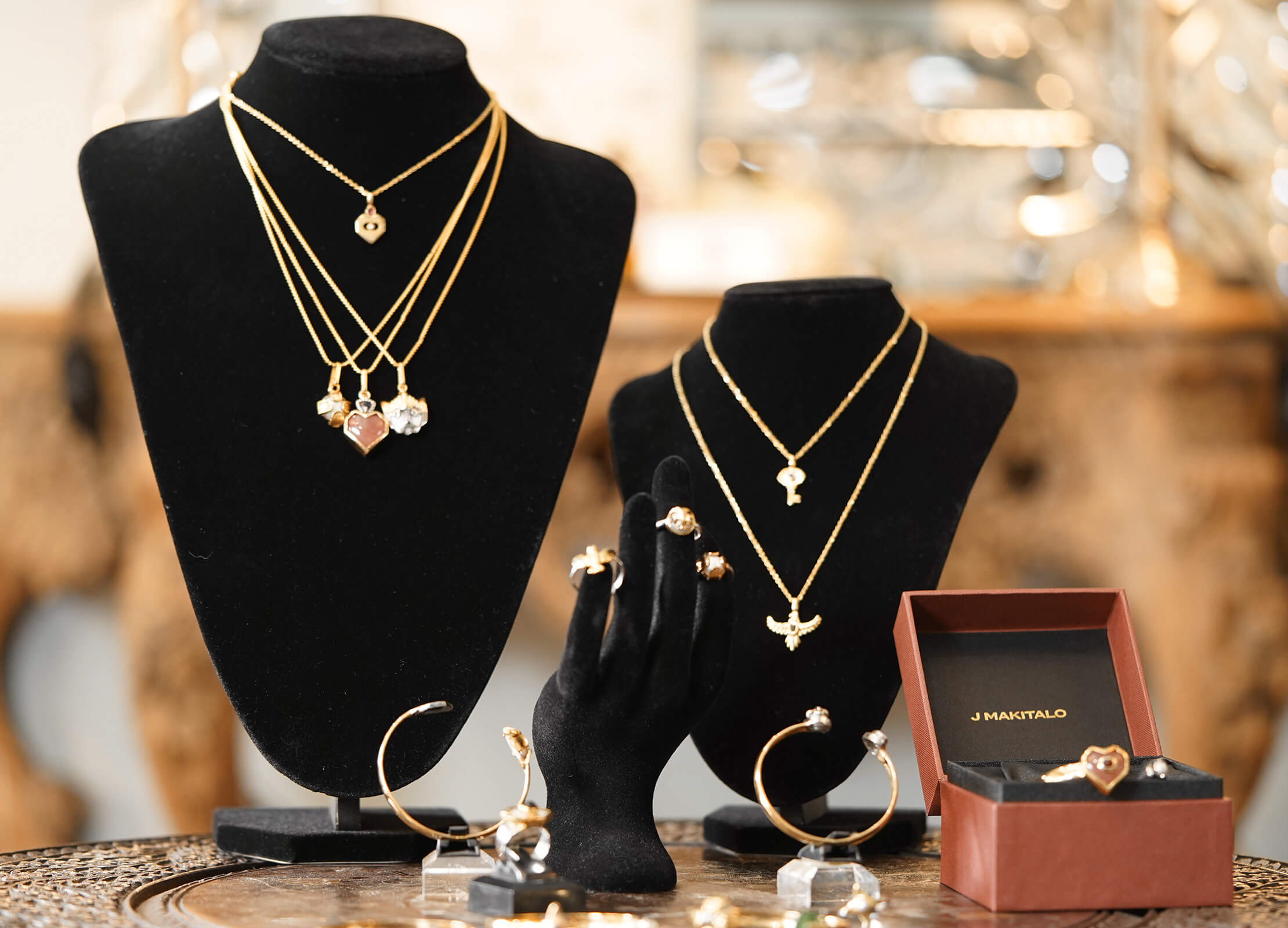
Journey to Sustainability
Creative Definitions stays committed to the practice of sustainability on all fronts: sourcing and processing natural materials, fostering weaving communities, practicing ethical marketing, fair trade, and pricing, and ensuring labor welfare
by Patti Sunio
Offering proudly Negrense-made products to the local market, husband and wife Mike and Banj Claparols established Creative Definitions in 2008. But it wasn’t until almost a decade later that the company decided to take on a more purposeful path: transition to a social enterprise that puts to the forefront sustainable, socio-economic practices that impact the planet less and benefit all involved in the textile-making value chain more.
“It was in 2016 when I got involved with the HABI Philippine Textile Council and participated in efforts to help revive the weaving industry,” begins Mike Claparols. “My wife and I gained exposure dealing with the weavers and we found that interesting. We wanted to have a deeper involvement with the communities, work closely with them, and create a more sustainable livelihood for them. It is for this reason that we decided to shift to become a social enterprise.”
From simply promoting and championing locally made goods, Creative Definitions embraced a greater mission and bigger goals: to grow into a globally competitive enviro-social enterprise that closely collaborates with its partner artisans in creating handwoven textiles that are modern, innovative, and crafted from sustainable materials.
“We’re in this for the long haul. We aren’t just going to buy and sell, and then that’s it,” he adds. “Of course, profit is also important, but what we are focused on is constantly looking for ways to make the business sustainable. We’re not only looking for prosperity for our company but for our partner weavers as well.”
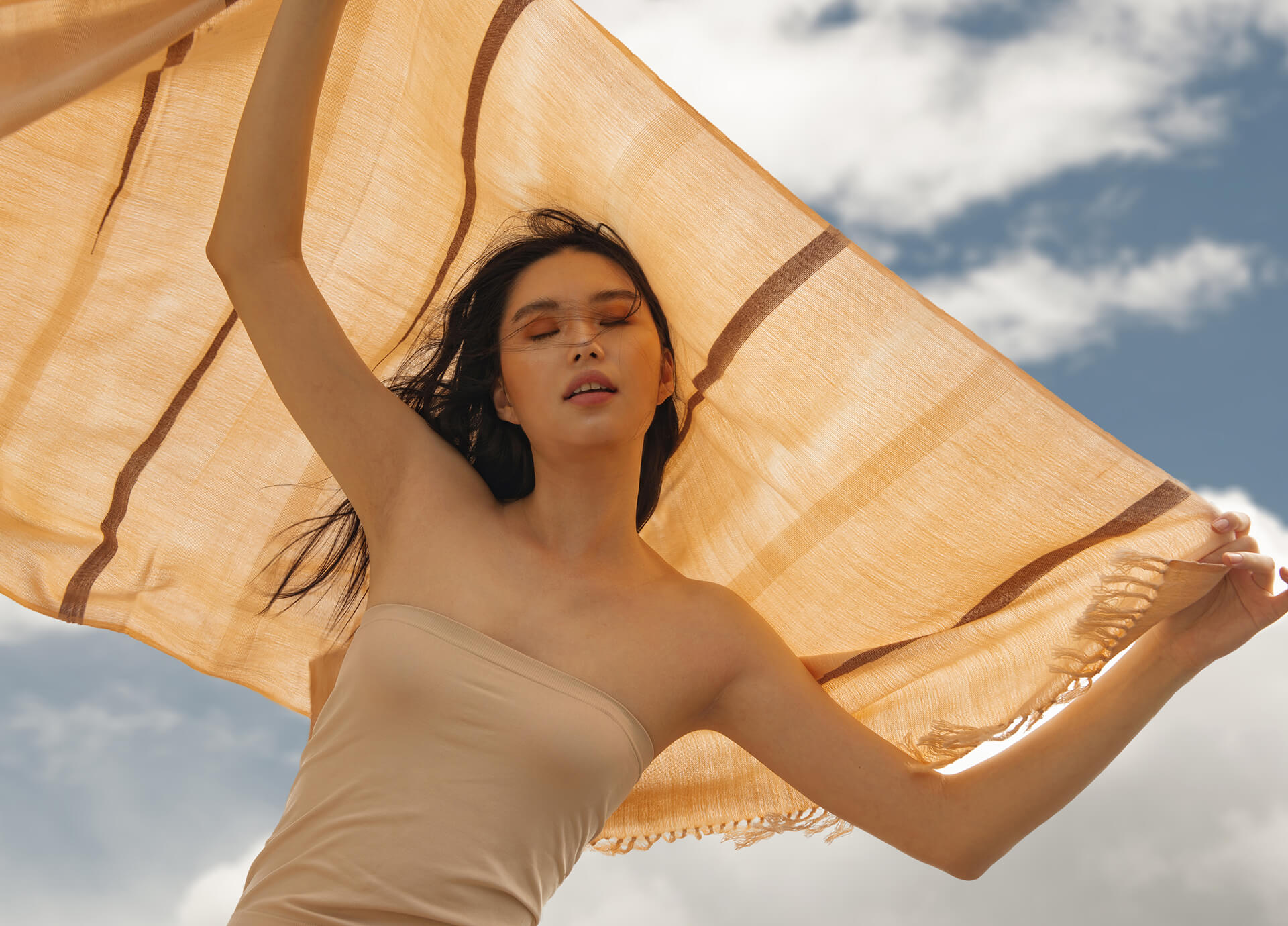
Brighter days ahead: The pandemic has crippled the industry in more ways than one, but Creative Definitions is hoping for new doors to open through CITEM and FAME+
It takes more than utilizing recycled or upcycled materials—or even natural materials—for a business to be sustainable. Claparols reiterates that an entire ecosystem is involved to make a company sustainable, and alongside environmentally friendly measures, a lot of it has to do with workers’ rights and ethical practices, too.
What does it take for a business to be sustainable? According to the brand website (creativedefinitions.com), sustainability, simply put, means that there should be a balance in environment, economy, and ethics, and the company adheres to this in multiple ways. They constantly innovate to find the best natural materials, ensure their laborers’ welfare with fair wages, and practice ethical marketing—with transparency and market education at its core.
Slowly but surely, leading by practice, Creative Definitions has begun meeting one sustainable goal after the other. But there is still a lot of work to be done. “Staying 100% sustainable isn’t achievable right now. It will take time,” Claparols points out. “But sustainability already starts in the way we are doing things internally in our business.”
THE ENVIRONMENT
“Back then, before we got involved with the weaving communities in Negros island, the weavers could only weave polyester because that’s cheaper and readily available,” recalls Claparols. “But our advocacy was to bring them back to weaving cotton. And now, all of them can weave cotton.”
Claparols also stresses that while a hundred percent cotton fabric equates to a higher cost, it also means a higher value for money, as cotton fabric is more breathable, soft and lightweight, and more comfortable to wear especially in our climate. It’s kinder to the planet, too.
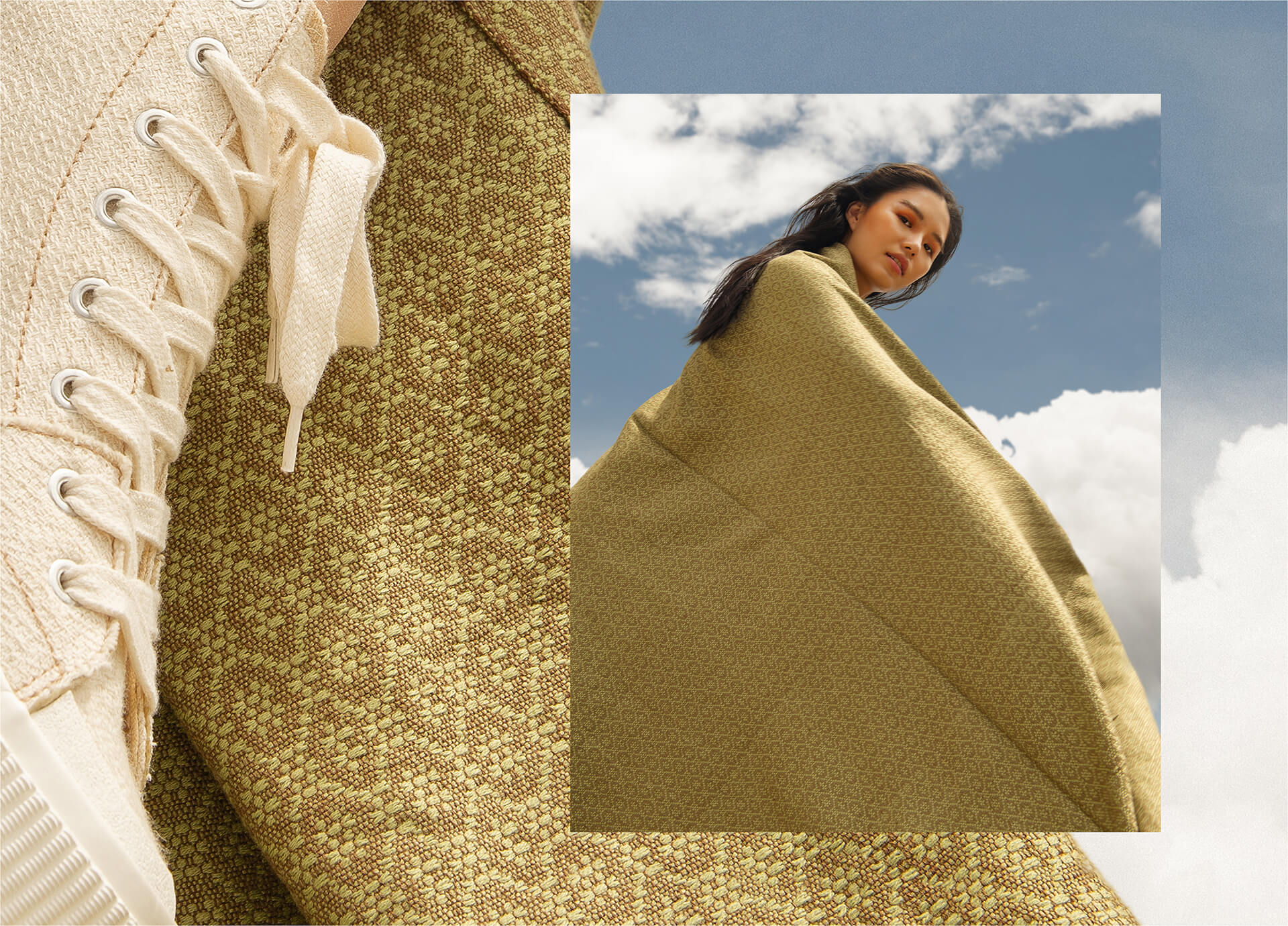
Product innovation is one of the strengths of the brand. "We continuously try to come up with designs that go hand in hand with the latest trends. Ours are more mainstream, designs are more contemporary," says Mike Claparols
“Polyester will last you 300 to 400 years, but for natural materials, when you recycle or throw them, it biodegrades in 4 to 5 months,” he reiterates, stressing how textile waste is becoming a growing concern. Studies have shown that our waters are already heavily polluted, with microfiber waste ending up in the fishes’ gills.
It is for this reason that Creative Definitions continues its mission to find and produce natural alternatives. One of its recent innovations is cotton blended with pineapple fiber, which can be used in making clothing, footwear, and other home accessories. To date, the company is exploring the possibility of blending cotton with natural fibers from banana and bamboo.
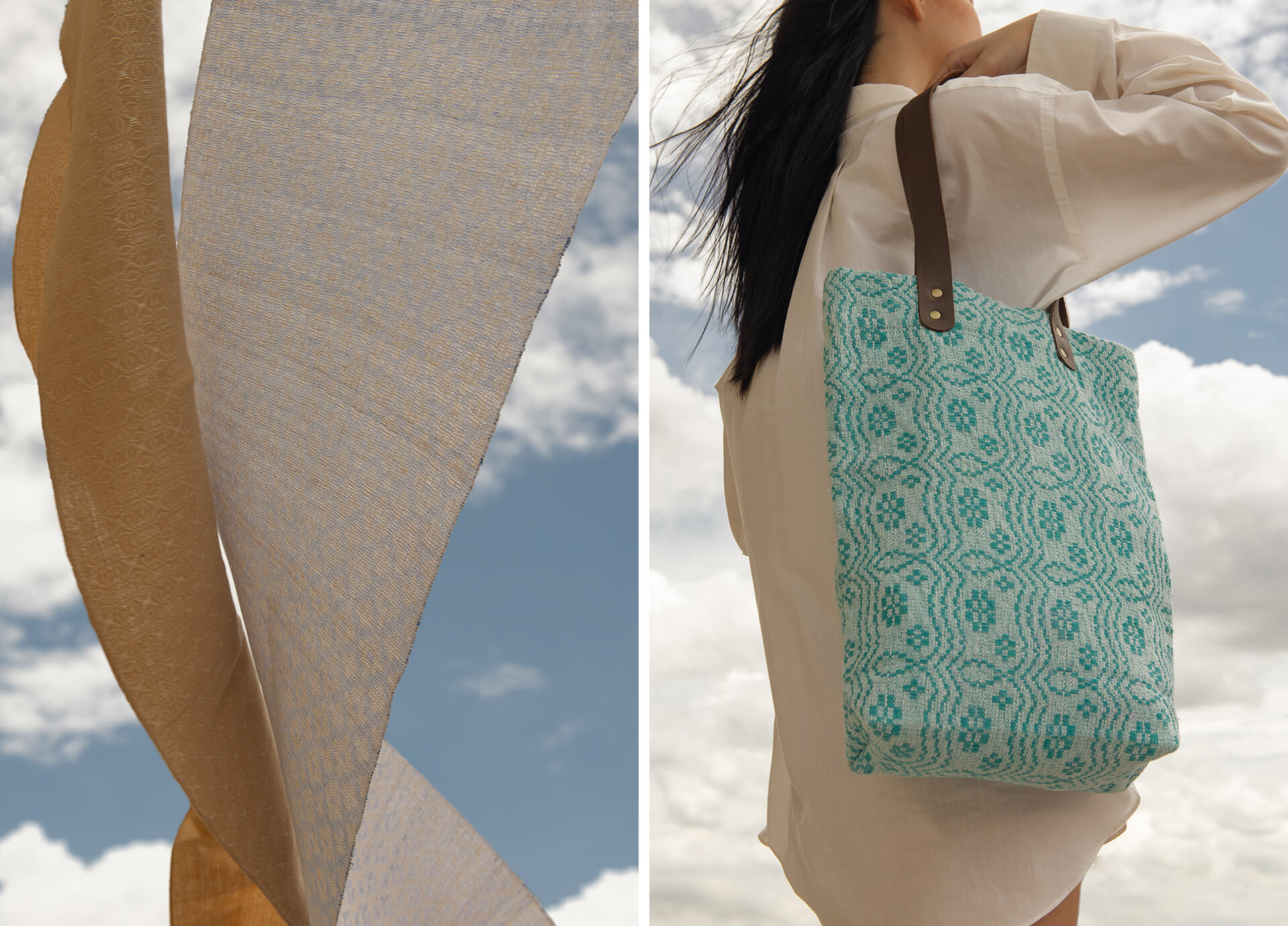
Creative Definitions is dedicated to finding natural alternatives that are better for consumers, and better for the environment, too. Cotton fibers and cotton blends are made into fashion-forward pieces such as tote bags, face masks, scarves and shawls, footwear, and home accessories, such as table runners, pillow cases, hand towels, placemats, aprons, and more
“The Philippines is gifted with so much fiber that we can convert it into something wearable,” says Claparols. This has prompted the company to work together with the Department of Science and Technology - Philippine Textile Research Institute (DOST-PTRI) to gain more knowledge about these natural fibers, as well as the Department of Agriculture (DA) to connect them with the different farmer groups to source from, such as those from Iloilo and Negros Oriental for cotton and Camarines in the Bicol region for pineapple fibers.
“I want us to be self-sufficient so we don’t need imported material,” says Claparols. “Little by little, we are growing and processing cotton, and the next step is to come up with organic cotton. It’s not easy, but it has to be done.”
THE ECONOMY
“We want to provide livelihood for our weavers and we’d really like them not just to have a minimum wage, but a living wage. This means going beyond providing income that can pay for food and shelter, but for children’s education as well, among others,” says Claparols.
To date, the company works together with four weaving communities, and has at least 25 weavers working full-time with them. All of them are based in Negros, in an area that was rebel infested around 20 years ago, according to Claparols. This was one of the reasons that led him and his wife to pursue their enterprise goals.
In 2017, Creative Definitions established ties with the Negros 9 Weavers, a group of about 14 weavers who are based in a remote area in the mountains of Kabankalan, Negros Occidental. The year after, they adopted the Oringao abaca weavers, also in Kabankalan. In 2019, they began working together with master weaver Helen Managuit from Valladolid in Negros Occidenal, and recently, have also partnered with Negros Oriental’s Bacong weavers, who specialize in sinamay, a type of textile woven from abaca.

(Left) Pineapple cotton sneakers in black and white, in hi-cut and low-cut; (right) comfy lakat slides in blue (lakat means 'to walk'), paired with a cotton patadyong
One of the biggest challenges that come with working with weavers still has to do with economics. Of course, many young women would still prefer to go to the city to secure a regular job and earn the minimum wage. And the process of weaving is no easy feat. No matter how noble and culturally meaningful, it’s a job that requires time and dedication. “It’s back-breaking, difficult, and time consuming,” shares Claparols. He and his wife have both tried their hands at the weaving process using the upright looms.
A good weaver can produce 8 to 10 meters of fabric a day, while a regular one can make five to six meters a day. “Fifteen years ago, we heard of weavers being paid only PhP50 to 60 per meter,” reveals Claparols. “For us, that’s too low. That’s why when my wife and I started adopting these communities, we made a promise to increase this, and now, we have a minimum cap of PhP150 per meter. And that goes up depending on the width and the complexity of the weave pattern.”
There is also the effort to foster teamwork among the weavers in these communities. “We make sure they support each other and we train them to learn each other’s designs.” In Kabankalan, the weavers aren’t only women, but men, too. In fact, when one of the women weavers got pregnant, she taught her husband how to weave so that he could help continue her work.
Earning reasonably, a Kabankalan weaver has already started to build her own house from the money she’s earned from weaving. Another is investing in a small lot, while many are able to send their children to school. “These are life-changing things and seeing them achieve these makes us happy,” says Claparols. “This is what we mean by earning a livable wage.”
THE ETHICS
“Foreign buyers will look at transparency and ask about how we deal with the communities we are involved with,” shares Claparols. “Now, they want to know how much went to the weavers, especially with the European brands, they want to know and check how deeply we are involved with the community.”
Claparols believes that brands should be careful with its claims. “Nowadays, it’s become easy to buy and resell, take photos and post them online, and say that you’re a brand partnering with or helping out a community.”
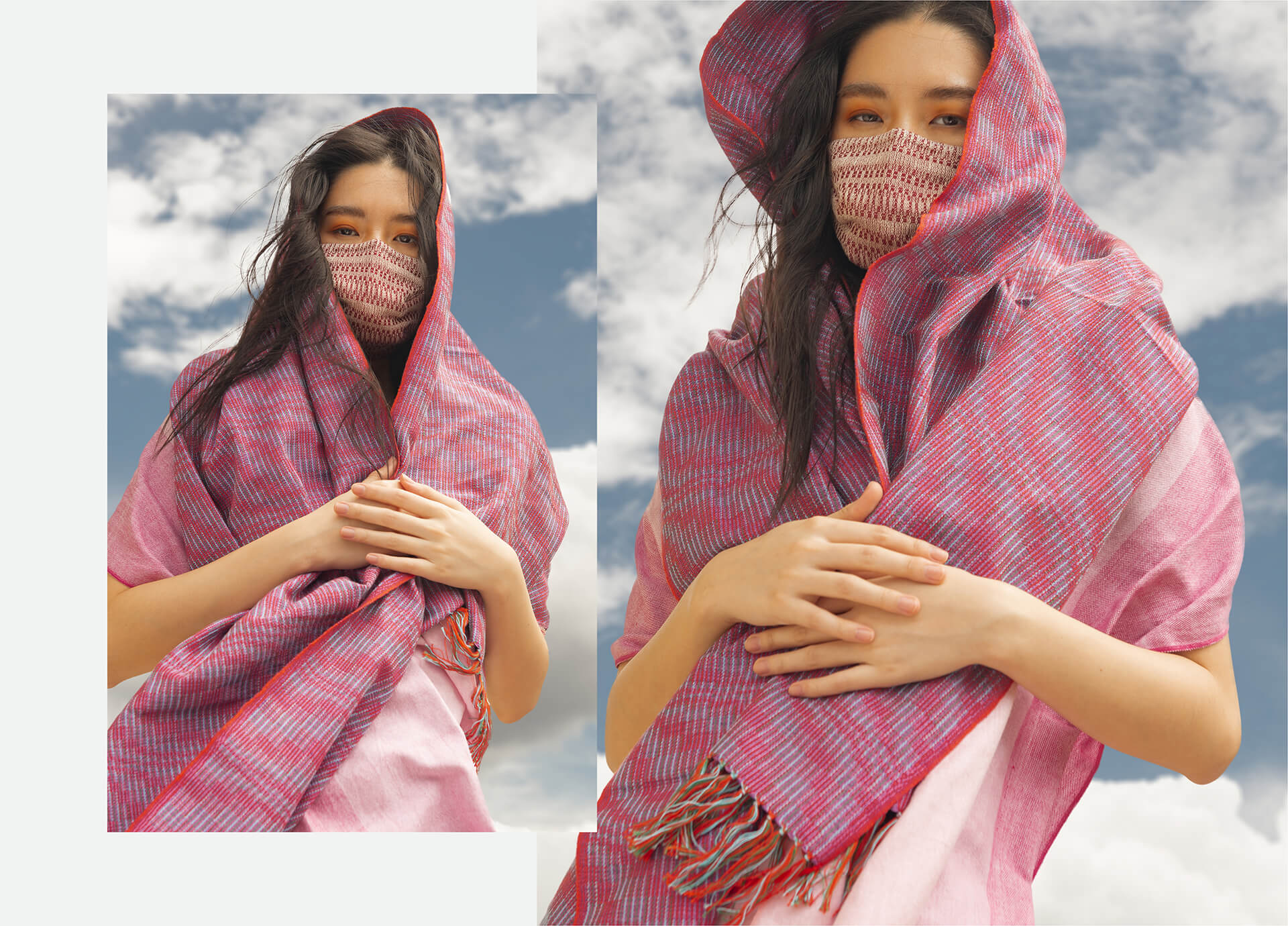
“Cultural appropriation may be an issue for some communities, especially the traditional ones, but for us, we have no issues with that,” says Claparols. “We can even customize our designs as requested by clients.”
Along with the increasing interest in Philippine-made textiles came the emergence of fakes being sold for cheap. Some brands also tag their products as 100% cotton, when in fact what they are using is a combination of polyester and cotton. “There’s a lot of misinformation. Not all is accurate,” he points out. “We need to educate and it is in this way also that we are helping our communities who are dependent on what we sell.”
Transparency and communication, from the weavers to the consumers, are key. “We take into account fair trade and pricing, and to do this, we involve the weavers,” shares Claparols. “They know about our pricing, they see our website, and they know how much percentage goes into what or whom. For us, overpricing is unethical, and so is giving too little to the weavers.”
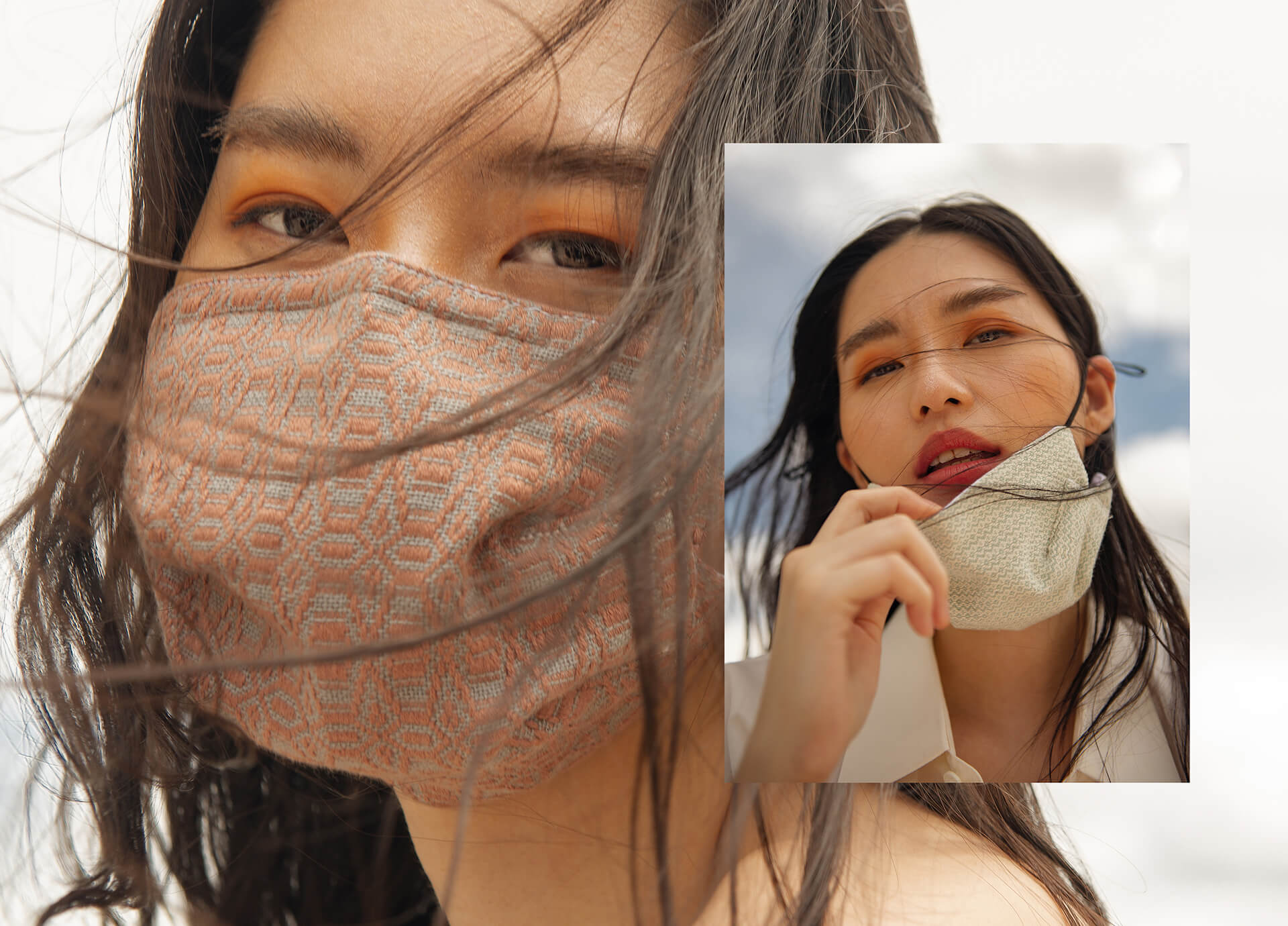
Consumers must understand the value in the pieces. Look closely and appreciate the masterful weaves, beautiful colors, and the intricate details that make each design unique
All the hard work Creative Definitions puts in to sustain its business and maintain a livelihood for its partners must align with conscious and ethical marketing—for weavers to know the price of the work and for consumers to understand the value of the work. This also protects the industry, especially in cases of fakes, exploitation, and other unfair trade practices. It also protects the very heart—and art—of the matter. “There's more to it than the material,” Claparols says. “There’s also the labor and the love for weaving and the weaving tradition.”
Art Direction Kit Singson
Photography Jerick Sanchez
Makeup Paoie Minerales
Hair Mara Ashida
Model Lisette Bendicion
Sittings Editor Patti Sunio
Coordination Sheryl Abrera



